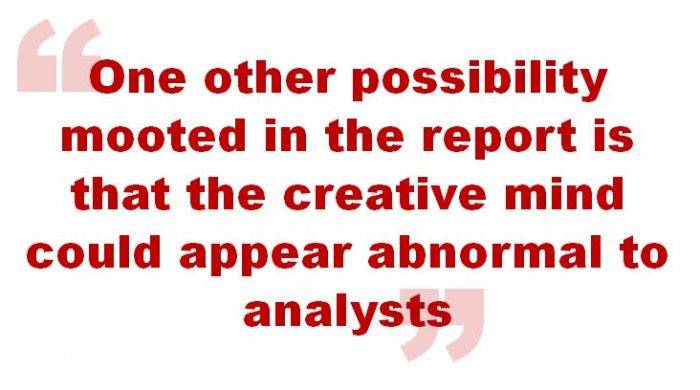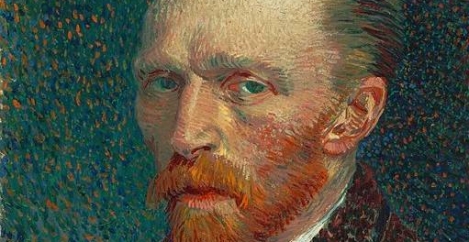January 15, 2018
Is there a link between creativity and depression?
 The link between creativity and depression or other mood disorders is something of a cliché, but one explored in a new meta-analysis published in the journal Perspectives on Psychological Science. The study from Christa L Taylor set out to discover whether there was any truth to the twin ideas of the tortured genius and of misery as an inspiration for creativity. Based on 36 studies into the relationship between mood disorders and creative thinking involving very high numbers of people, the report concludes that there are often strong correlations but that causation is somewhat harder to pin down. The diagnosis of mental disorders and the incidence of creativity is also complicated by the fact that researchers may often be unable to distinguish between the two.
The link between creativity and depression or other mood disorders is something of a cliché, but one explored in a new meta-analysis published in the journal Perspectives on Psychological Science. The study from Christa L Taylor set out to discover whether there was any truth to the twin ideas of the tortured genius and of misery as an inspiration for creativity. Based on 36 studies into the relationship between mood disorders and creative thinking involving very high numbers of people, the report concludes that there are often strong correlations but that causation is somewhat harder to pin down. The diagnosis of mental disorders and the incidence of creativity is also complicated by the fact that researchers may often be unable to distinguish between the two.
The overall conclusion of the report is that creative people are more prone to developing mood disorders but there is little evidence to suggest that a chaotic life acts as a muse for the creative mind.
The first key question addressed by the report is the existence and size of the correlation between creativity and depression and other disorders. It found that there is a moderate to strong link between the prevalence of mood disorders and creativity, as measured by virtuosity and divergent thinking. The strongest evidence of a link was found in people exhibiting symptoms of bipolar disorders which are characterised by periods of low and high moods. Other disorders showed less of a correlation.
 The second question of whether mood disorders actually make people more creative found no clear evidence of a link. The report’s conclusion is inevitably somewhat equivocal given the chicken and egg nature of the question it addresses. Yet it refutes the idea that mood disorders created by adversity in life can automatically make people more creative.
The second question of whether mood disorders actually make people more creative found no clear evidence of a link. The report’s conclusion is inevitably somewhat equivocal given the chicken and egg nature of the question it addresses. Yet it refutes the idea that mood disorders created by adversity in life can automatically make people more creative.
Taylor concludes that there may be a number of explanations for the report’s findings. One is that creative people may be more prone to mood disorders because of the structure of their lives which can include irregular hours and periods of employment, financial insecurity, substance abuse to maintain their lifestyle and working hours, and the competitive nature of their work.
One other possibility mooted in the report is that the creative mind could appear abnormal to analysts, especially because many of the characteristics of bipolar disorders used in diagnosis are also features of intense creative activity. These include intense bursts of output, isolation and disregard for wellbeing and nutrition, lack of focus and the sudden outpourings of ideas.
Image: Vincent van Gogh [Public domain], via Wikimedia Commons




















